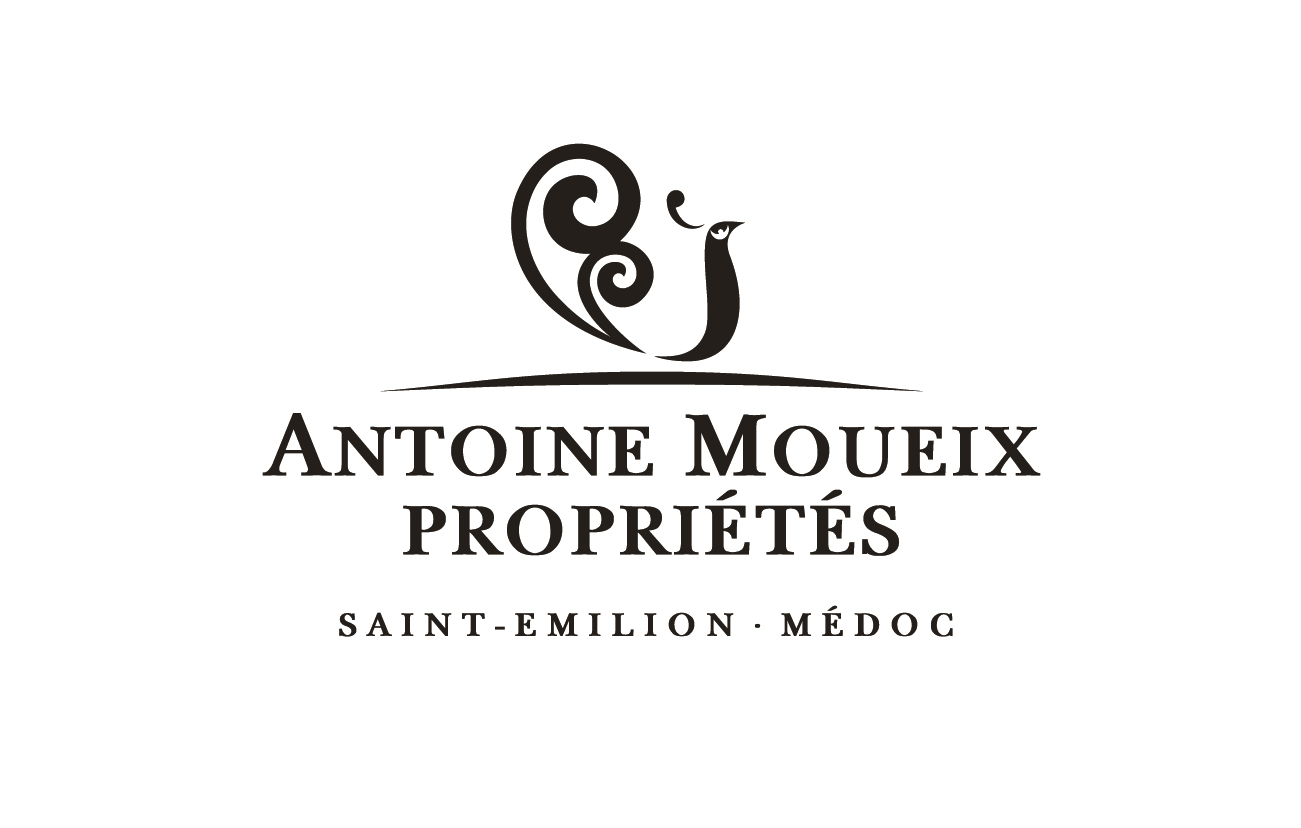Les Chevaux de
Patache d’aux
2017
Les Chevaux de
Patache d’aux
2017

Climatic conditions
An exceptionally dry winter, the most water deficient since 2000, did not give full water recharge of the loamiest soils. After an exceptionally dry summer in 2016, it was not until February 2017 that the first significant rainfall was recorded.
A particularly mild late winter provoked early budburst, which was regular and balanced..
The nights of April 27th and 28th were marked by the most severe frosts since 1991, causing particularly extensive damage to a large section of the Gironde vineyard, but with no impact on Château Patache d’Aux, due to the nearby Atlantic Ocean and Gironde estuary, ensuring lower temperature variation.
A summery spring reinforced the early character of the vintage, with rapid, balanced flowering, comparable to 2005, and excellent fruit set. Water constraints began early, especially on clay soils, suggesting that berry size would be limited and skins thick. Cluster closure came almost 3 weeks early.
A dry, spring-like summer: Rather cool temperatures preserved aromatic potential and acid, especially malic acid, with high thermal amplitudes at time of ripening: ripening was fast and homogeneous, combining sugar accumulation and anthocyanin synthesis. Low rainfall maintained high levels of water stress throughout the ripening period, promoting thickening of skins and limited extractability and fragility.
Heavy rainfall at the beginning of September in northern Bordeaux completely changed the profile of the vintage, provoking acceleration in the evolution of skins, towards phenolic maturity synonymous with aromatic and technological maturity. Conditions at the end of ripening, potentially favourable for botrytis development, significantly accelerated the onset of harvesting: optimal on early gravelly sectors and accelerated on later sectors, with heterogeneous levels of ripeness on our deepest clays.
Even before it began, 2017 was already feared to be another dreaded “7” vintage… a series observed for the last 40 years!
Vintage presentation
After vinification, the 2017 vintage was characterised by lower concentration levels than those of 2015 and 2016 vintages, fine freshness and fairly average length on the palate with moderate tannic load.Relais de Patache d’Aux and Chevaux de Patache d’Aux wines were matured for 1/3 in two-wine barrels to bring structure to the most tannic batches and for 2/3 in vats, for optimal preservation of the freshness of the fruit. These second wines are light in structure and can be drunk within 2 years.
From the vine to the glass
The staggered harvest lasted from September 16th to October 6th 2017, with marked acceleration from September 22nd onwards, to counter vine health damage.
The earliest Merlot plots on gravel reached optimal maturity, while maintaining sound acidity. The most thorough extractions were carried out here, by cap punching and pumping over, since the tannic structure of the grapes permitted significant extraction.
When picked, Merlot and Cabernet vines on limestone and clay, showed heterogeneous maturity, depending on the sector. Much gentler extraction was used here, with cap punching and pumping over only at the beginning of fermentation, to limit extraction of slightly green tannins during the alcoholic phase.
Maceration phases were quite long (4 weeks) on riper vats and quite short on later vats (2 to 3 weeks).

